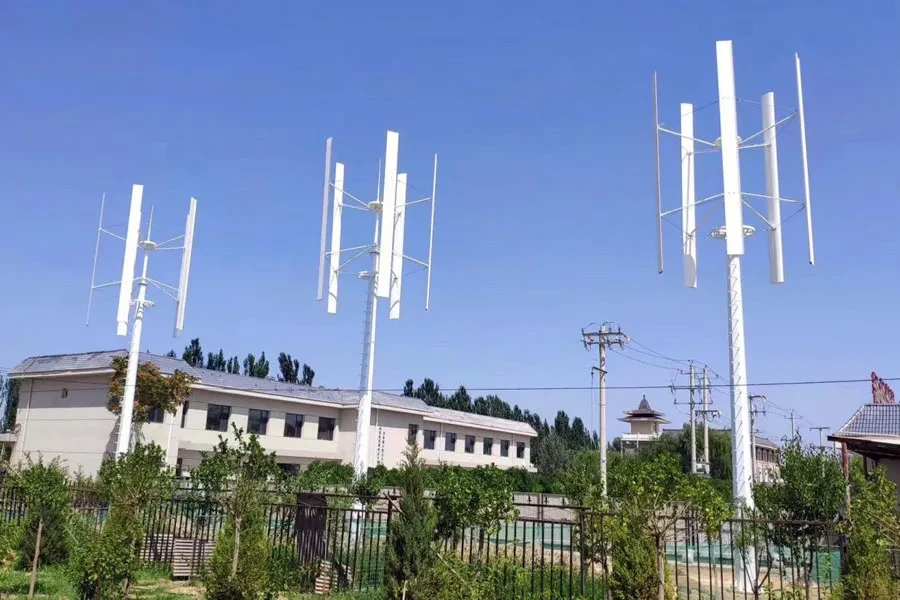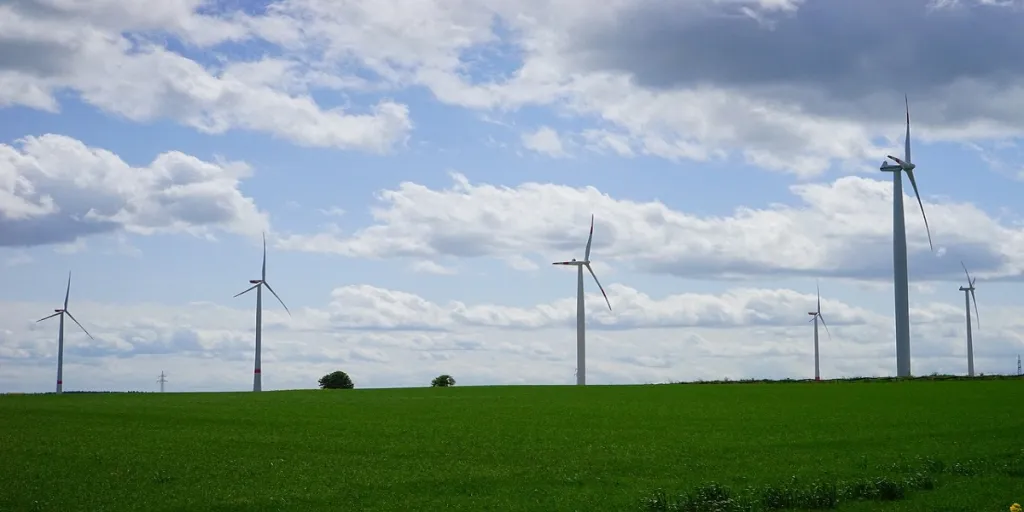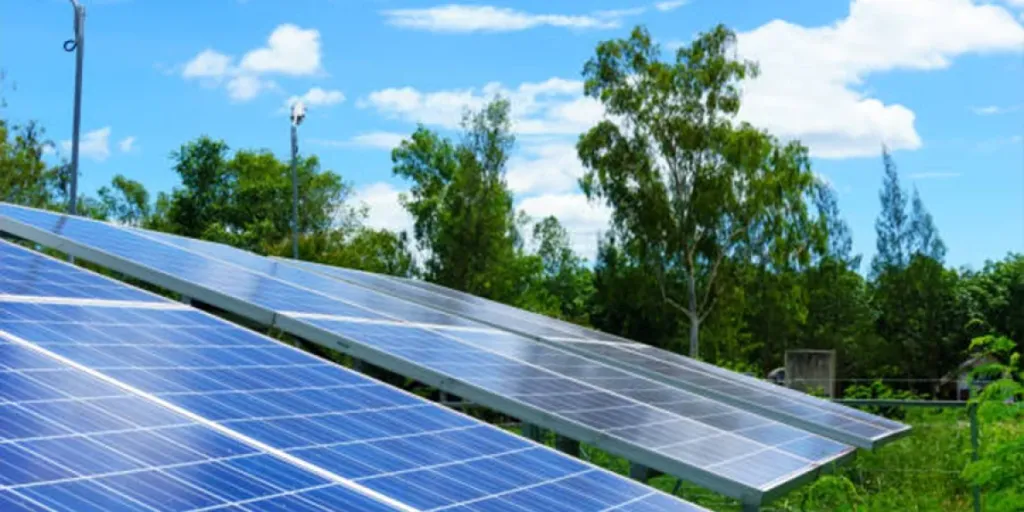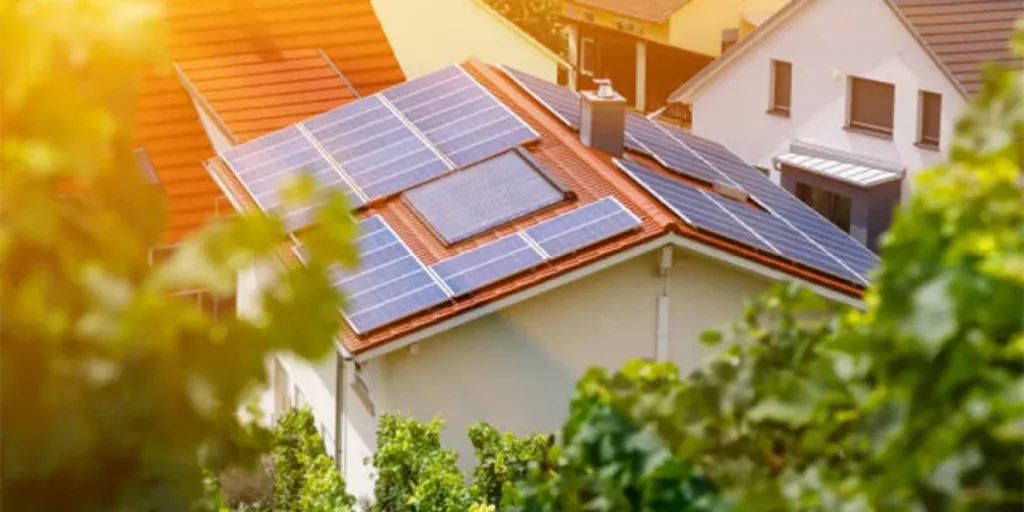Wind power is a formidable presence within the non-hydro renewable energy sector, boasting the installation of over 144,000 megawatts of wind capacity in the United States alone. Beyond borders, there’s a surging movement of homeowners worldwide eagerly embracing the wind energy revolution.
The acclaim surrounding wind power is well-founded, considering its remarkable scalability, contribution to reduced greenhouse emissions, facilitation of energy independence, and cost-effectiveness. It has truly earned its place in the limelight.
However, when choosing a small wind turbine for personal use, examine the feasibility of integrating a wind energy system into your unique electricity needs. This guide serves as a compass, making the selection process for the right small wind turbine a breeze.
Table of Contents
Factors to consider when looking for a small wind turbine
Top 3 small wind turbines to build an efficient wind power system
Final thoughts
Factors to consider when looking for a small wind turbine
Investing in a small wind turbine is a big move. The type, capacity, and connection are worth considering before purchasing a small wind turbine.
Wind turbine capacity
A wind turbine’s capacity refers to the electrical power it can generate with optimal wind resources. For small wind turbines, the range is usually between 20 watts and 100 kilowatts (kW).
A wind turbine’s capacity is typically determined by various factors, such as its blade radius, air density, and wind speed. Consider your electricity needs before making your pick.
For example, a small wind turbine whose capacity sits between 5 and 15 kilowatts suits residential properties. It can generate roughly 877 kilowatt-hours monthly to keep your lights on and essential appliances running.
Types of wind turbines
Today’s most common small wind turbines are horizontal-axis wind turbines (HAWTs) and vertical-axis wind turbines (VAWTs). You can choose either based on your needs or preferences.

HAWTs usually rotate on a horizontal axis. As a result, their turbine shaft axes are parallel to the ground. These wind turbines boast larger blades with higher rotational speeds than other options. They can generate more power, even with the same amount of wind. Even so, they can be a tad noisy.
VAWTs, on the other hand, are less efficient than HAWTs of the same height. This is because their rotors are close to the ground, where there is less air. Still, these wind turbines offer multiple benefits.
For instance, VAWTs are compact and suitable for small spaces. In addition, they promise quieter operations than HAWTs. With their slower rotational speeds, they don’t harm birds.
Again, buying, installing, and maintaining HAWTs is cheaper than VAWTs. This makes them suitable for homeowners with a limited budget.
Grid and off-grid connections
Most large wind turbines are grid-connected. But this isn’t always the case with smaller turbines. Choose a type you can connect to the national grid for a more reliable power supply.
Even so, the performance of on-grid wind turbines depends on grid stability. A change or fluctuation in grid voltage or frequency could affect the synchronization process, resulting in connection issues.
However, opt for an off-grid wind turbine if you crave more energy independence. Since they are independent from the power grid, they’re ideal for use in remote areas.
Top 3 small wind turbines to build an efficient wind power system
Small wind turbines have diverse applications. While some chart the course for personal energy independence, others promise a dependable power backup during power grid failures. Here are three great options.
1. DHC Horizontal Wind Turbine — Best overall choice

With high efficiency and capacity of up to 10000W, the 3-blade DHC wind turbine is an excellent choice for optimal wind energy utilization. It features an electromagnetic control system for overspeed protection, as well as other convenient features.
One of them is a 3-phase permanent magnet synchronous generator. It promises consistent performance and reduces energy loss, allowing you to cut back on energy bills.
Other appealing features of this small wind turbine are its aesthetically pleasing design and the reinforced fiberglass blades.
2. DHC H12 Home Vertical Wind Turbine — Best for homes and small businesses

The CE and ISO-certified Home Mini wind turbine, with a rated power of 10000W, stands out as one of the best options for homeowners and small businesses. Despite its compact size, this vertical-axis wind turbine packs a hefty punch.
The small turbine blades and generators feature a matching design to boost reliability. Its quiet operation makes it suitable for residential areas where noise pollution is a concern.
Another draw of the DHC wind turbine is that it’s fully automatic and has some safety features. These include blade aerodynamic braking and a controller electromagnetic system.
3. DHC Big Sale Small Wind Turbine — Best off-grid wind turbine system

If you’re hunting for a small off-grid wind turbine to meet your diverse electricity needs, “DHC” is a powerful option. One of its major selling points is its off-grid connection, which makes it worthwhile in parks and remote areas.
Like our first two picks, the DHC wind turbine boasts an electromagnetic control system. This presents many advantages, including load control, grid connection, and pitch control. Another appealing feature of this wind turbine is a 3-phase permanent magnet synchronous generator with a rated power of 5000W.
Final thoughts
Wind power stands out as a top choice for harnessing renewable energy. When seeking a small wind turbine for constructing your system, assess your electricity requirements to make an informed investment.
Simultaneously, choose an optimal installation site to maximize the full potential of your wind turbine. For instance, horizontal-axis wind turbines should be positioned in open areas to enhance wind exposure, aligning with the direction of the wind for optimal efficiency.




